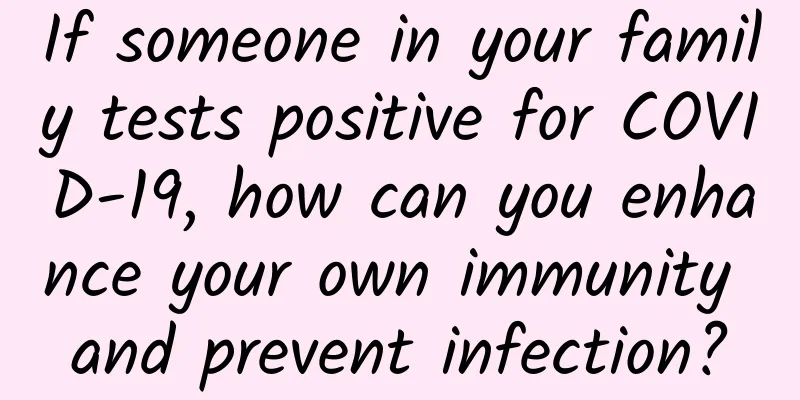How to treat left fallopian tube adhesion

|
We all know that if women want to get pregnant smoothly, they must ensure normal ovulation of the fallopian tubes so as to greatly increase the chance of conception. However, in our daily lives, many women are prone to some gynecological diseases due to long-term irregular living habits. Among them, fallopian tube adhesion is the most common gynecological disease, which often leads to infertility in women to a large extent. This has a great impact on women’s physical health. If you want to get pregnant smoothly, you must master the treatment method and make timely adjustments. Let’s learn how to treat adhesions of the left fallopian tube. The fallopian tube is the channel for transporting sperm, eggs or fertilized eggs, and is an important link in fertility. Any congenital developmental abnormalities or acquired diseases that cause fallopian tube inflammation, produce fallopian tube adhesions and blockages, or affect the normal peristalsis and patency of the fallopian tubes can affect the delivery of eggs and the upward movement of sperm, making it impossible for sperm and egg to combine and causing infertility. Common causes include purulent, tuberculous, gonococcal fallopian tube inflammation or other pelvic inflammation, and endometriosis; some ovarian tumors and uterine fibroids can also compress or pull the fallopian tubes, causing them to deform or become ectopic, all of which can cause infertility. How to treat left fallopian tube adhesion (1) Injection of drugs into the fallopian tubes. When there is mild adhesion or incomplete blockage of the fallopian tubes, drugs can be injected into the fallopian tubes through the uterine cavity. The drugs can be antibiotics, dexamethasone, and hyaluronidase dissolved in normal saline. The amount of drugs injected depends on the degree of patency. Generally, it is injected once every 2-3 days from 3 days after the menstrual period until before ovulation. It can be continued for 2-3 cycles. If it is ineffective, laparoscopy can be performed. (2) Fallopian tube plasty. For patients with fallopian tube inflammation who have not responded to conservative treatment, fallopian tube plasty can be performed based on the results of hysterosalpingography and the different locations of the blockage. There are four types of fallopian tube plasty: fallopian tube adhesion separation, ostomy, resection of the blocked part and end-to-end anastomosis, and uterine cornual implantation. In life, when many women have adhesions on one side of the fallopian tube, they always think that the other side is healthy and there is a chance of pregnancy, thus ignoring its treatment. The disease often becomes particularly serious. The above is an introduction to how to treat adhesions on the left fallopian tube. If such symptoms occur, you must go to the hospital for treatment. In addition, you must pay attention to maintaining good personal hygiene and a happy mood in your daily life. |
<<: Is a 3 cm uterine fibroid serious?
>>: What to do if there is hydrops on the left fallopian tube
Recommend
What are the symptoms of pregnancy on day 2?
Many girls who are pregnant for the first time do...
What is the reason for light brown vaginal discharge
The quality of physiological conditions can have ...
Can an immature uterus give birth?
An immature uterus is mostly caused by congenital...
Is it possible to get pregnant if you have sex on the day of ovulation?
Many couples who are preparing for pregnancy want...
How long should I rest after aborting my pregnancy at 40 days?
Abortion is a familiar topic for women and is som...
What should I do if there is a small hard pimple on the vulva?
Health has been an issue that people have paid mu...
What are the causes of lower abdominal pain in women?
We often encounter women who are prone to lower a...
Vaginal pain after childbirth
Modern health concepts believe that natural child...
Can I eat black sesame paste during menstruation?
Menstruation is a sign of being a woman. If a wom...
What should I do if I get pregnant again within six months of a miscarriage?
It is normal for men and women to have sex after ...
Areola becomes larger after pregnancy
Pregnancy is an exciting thing for female friends...
Does catching a cold during confinement really cause a serious illness?
You are not allowed to catch a cold or get sick d...
Why does my uterus hurt after sex?
For every couple, a healthy and harmonious sex li...
How to eat grapefruit peel? Can grapefruit peel cure cough?
Most people tend to throw away the grapefruit pee...









